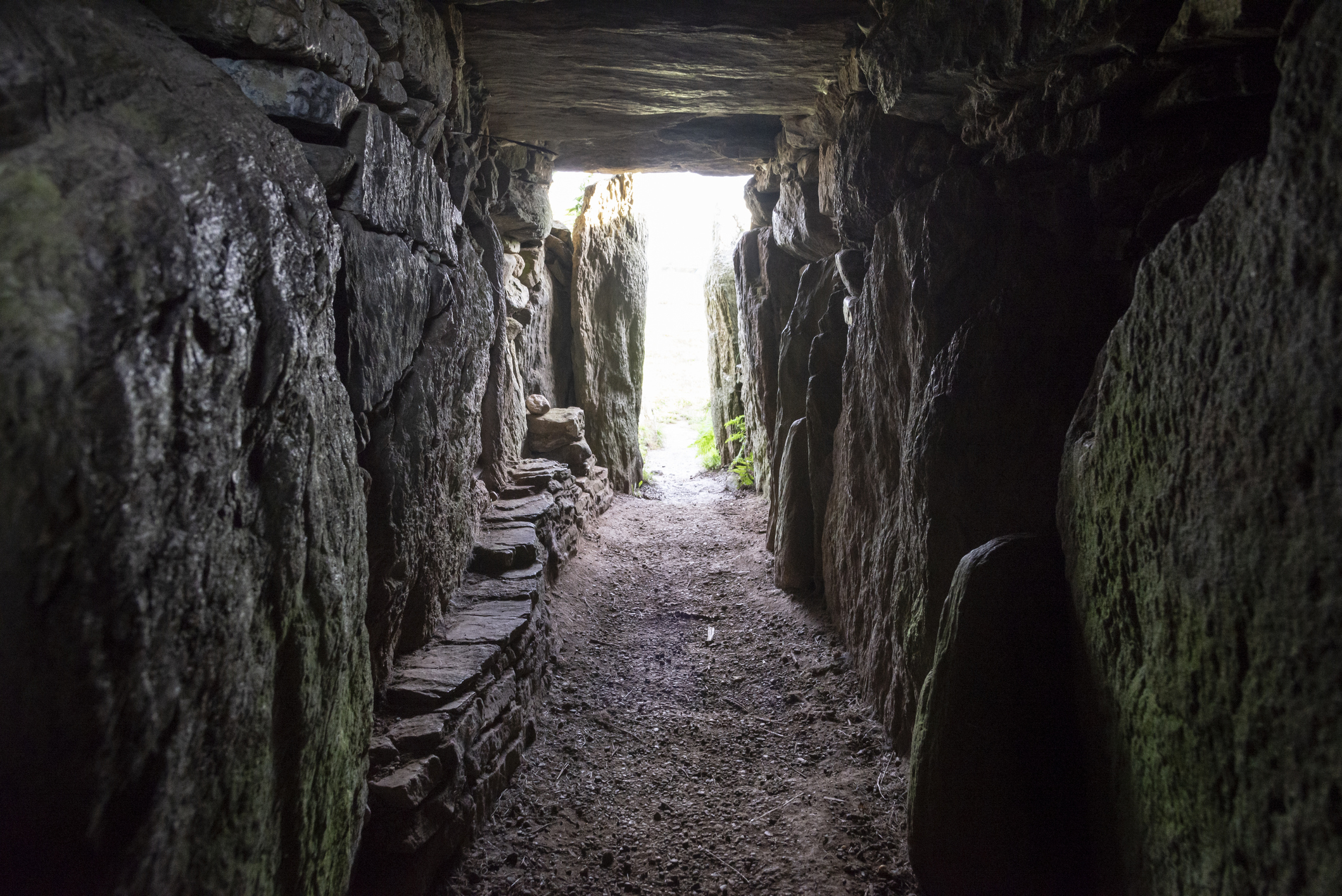Jason Goodwin: The Neolithic treasure I missed by 10 minutes
Jason Goodwin goes in search of treasure, but not the traditional gold and silver.

There is a man I know, the brother of a friend of my wife’s, who was born under a lucky star. He finds things. He will go for a walk along a track that has been walked a million times and come back with a Neolithic arrowhead. He gets the pound coin left in the locker, the tenner blowing down the street.
He once joined an archaeological dig, on its last day of operation. A whole summer had been spent by the team painstakingly nibbling at the edges of a low run of foundation stones, brushing soil from the cracks and placing their insignificant finds in labelled bags: an iron nail, an Elizabethan halfpenny, a child’s button. This man jumped down into the trench, cast about and, with one jab of his trowel, dislodged a stream of silver coins and Viking hacksilver. Lucky, but rather hated by his companions on that dig.
Such good fortune is unlikely to come my way. The closest I have come to realising my life’s ambition of finding a polished Stone Age axe head, like the beautiful serpentine pair on display at the Museum of London, was on Facebook marketplace. I was looking for stone slabs and the keyword generated a result in Axminster, Devon, where someone was selling off a box of stone axe heads, plus a monograph on the collection delivered to the Halifax Antiquarian Society in 1934, for £50.
It was the ultimate attic find, a dimly remembered relative’s overlooked treasure, whose fate was to be stuffed in the loft and eventually flogged off for cash by his ignorant descendants. Trembling with excitement, I got in touch. I was, the seller informed me smugly, 10 minutes too late: another eagle-eyed stone fancier had spirited them all away.
"I fill my pockets with not-quite-treasure: a sea-smoothed elbow of wood that resembles a duck; a stone with a grumpy face; green stones"
I take my walk along the beach and keep my eyes on the shingle. I’m not looking for anything in particular, although an axe head would do. Such things are pulled from the shoreline from time to time: in Holland, there’s a museum of artefacts thrown up along the sands that originated in Doggerland, that shallow portion of the North Sea where our ancestors hunted the tundra and pitched their tents by lost rivers. At West Wittering in West Sussex, I met a man who combed the tideline below the dunes and turned up Tudor pennies from an old wharf.
My prizes aren’t so historical. On Suffolk shingle, I found a lizard: dead, but still glittering blue and green. An old rubbish dump near Lyme Regis in Dorset turns out lots of beach glass, mostly green, smooth and shiny—red and blue are the colours to watch for.
Otherwise, it’s the pebbles, hagstones with holes, good for pull-cords and warding off witches; shiny flints; a coiled ammonite. I fill my pockets with not-quite-treasure: a sea-smoothed elbow of wood that resembles a duck; a stone with a grumpy face; green stones, blue stones and stones that glow in the sea and grow dull, like mackerel, as they dry.
Exquisite houses, the beauty of Nature, and how to get the most from your life, straight to your inbox.
Somewhere on the internet, everything is labelled. In museums or on eBay, everything is tagged. One son recently introduced me to a feature of my phone that identifies whatever you take a photograph of—leaf, woodlouse, sash window, flower, unfinished Royal Crown Derby salad plate—and finds others similar or the same. And isn’t that why we still like to potter along the beach, taking pleasure in stones that look like someone’s nose or a shell with a single, circular hole bored in its tip or a colour that is simply out of this world?

Credit: Getty Images
Jason Goodwin: 'My friend was puzzled to discover me up a stepladder, cradling my airgun and scanning vegetable beds'
Jason Goodwin takes on the rats, and loses.

Credit: Alamy
Jason Goodwin: The price of Absolute Power? Turns out it's £250 a week +VAT
An unforgettable week at the controls of a metal monster goes to Jason Goodwin's head.

Credit: Getty Images/500px Prime
Jason Goodwin: The day our little corner of England changed forever
An archaeological discovery near Jason Goodwin's idyllic spot has sparked excitement far and wide — but not a little dismay nearer